Beginner's Guide to Designing AI Character Cards
Learn how to design AI character cards effectively. Explor our blog for essential tools, techniques, and practical examples.
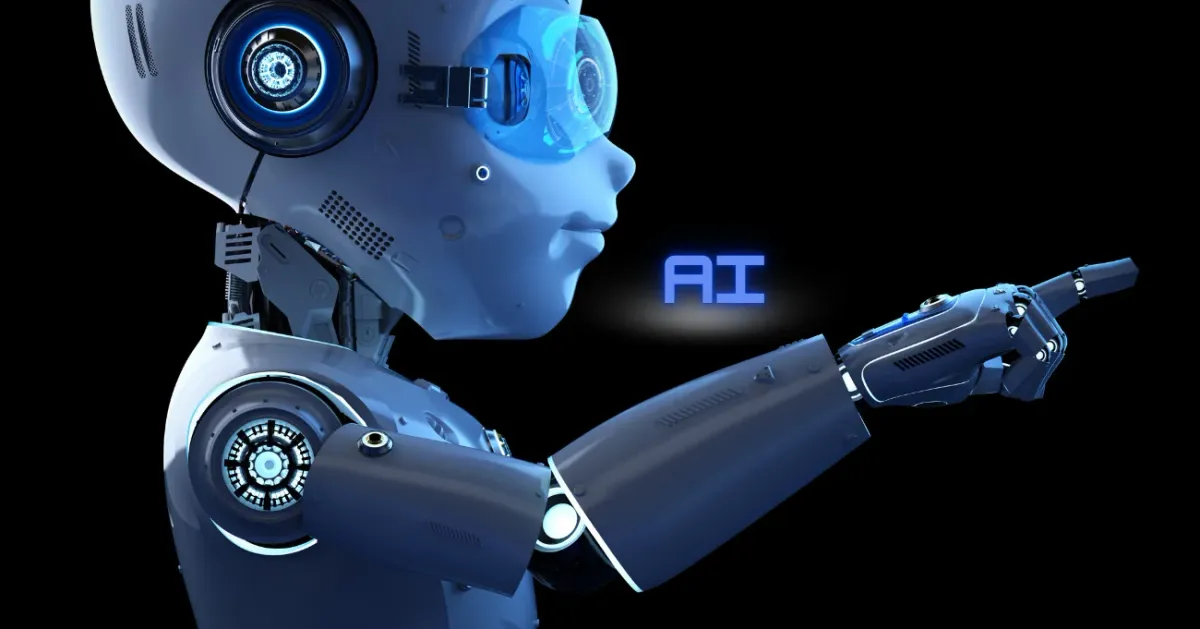
The rise of AI in creative fields has revolutionized how we design AI character cards. These cards, essential for creating lifelike digital characters, are increasingly popular in gaming, entertainment, and other industries. However, beginners often need help designing AI-generated character cards, such as understanding the necessary tools, mastering design principles, and integrating AI elements like image generation and chatbot interactions.
At Kindroid, we create advanced, full-stack, multimodal AI focusing on virtual humans. Our AI platform enhances user experience through realistic and consistent character appearances, voices, and behaviors, providing users with limitless customizability. This approach ensures AI digital character cards created with our tools are visually impressive and deeply engaging, incorporating features like chat messages and chatbot interactions.
Based on our extensive industry background, we’ve developed this comprehensive guide to help you navigate the complexities of designing AI character cards. In this blog, you’ll learn the essential tools and techniques for crafting characters that resonate with users. By the end, you’ll be ready to create compelling AI character design cards that stand out.
Let's get started!
What are AI Character Cards?
AI character cards are digital profiles representing characters through visual elements and AI-driven traits. Widely used in gaming, education, and entertainment, they help create immersive experiences by incorporating advanced AI features like Genius Mode messages and images for dynamic interactions.
AI-based character cards can be customized to fit specific needs, making them versatile tools in digital content creation. They can also be integrated with platforms like DeepAI for more complex video generation and multimedia elements. Users can easily manage and enhance their character cards through simple login processes on platforms like LinkedIn. Including Genius Mode in these cards further enhances their functionality, offering personalized experiences and interactions.
The Basics of AI Character Design
Designing AI character cards requires a solid understanding of the key elements that define these digital profiles. These cards comprehensively represent a character's visual and behavioral attributes. Focusing on key design components, creators can craft visually appealing and functionally engaging characters.
These are the key elements of an AI character profile:
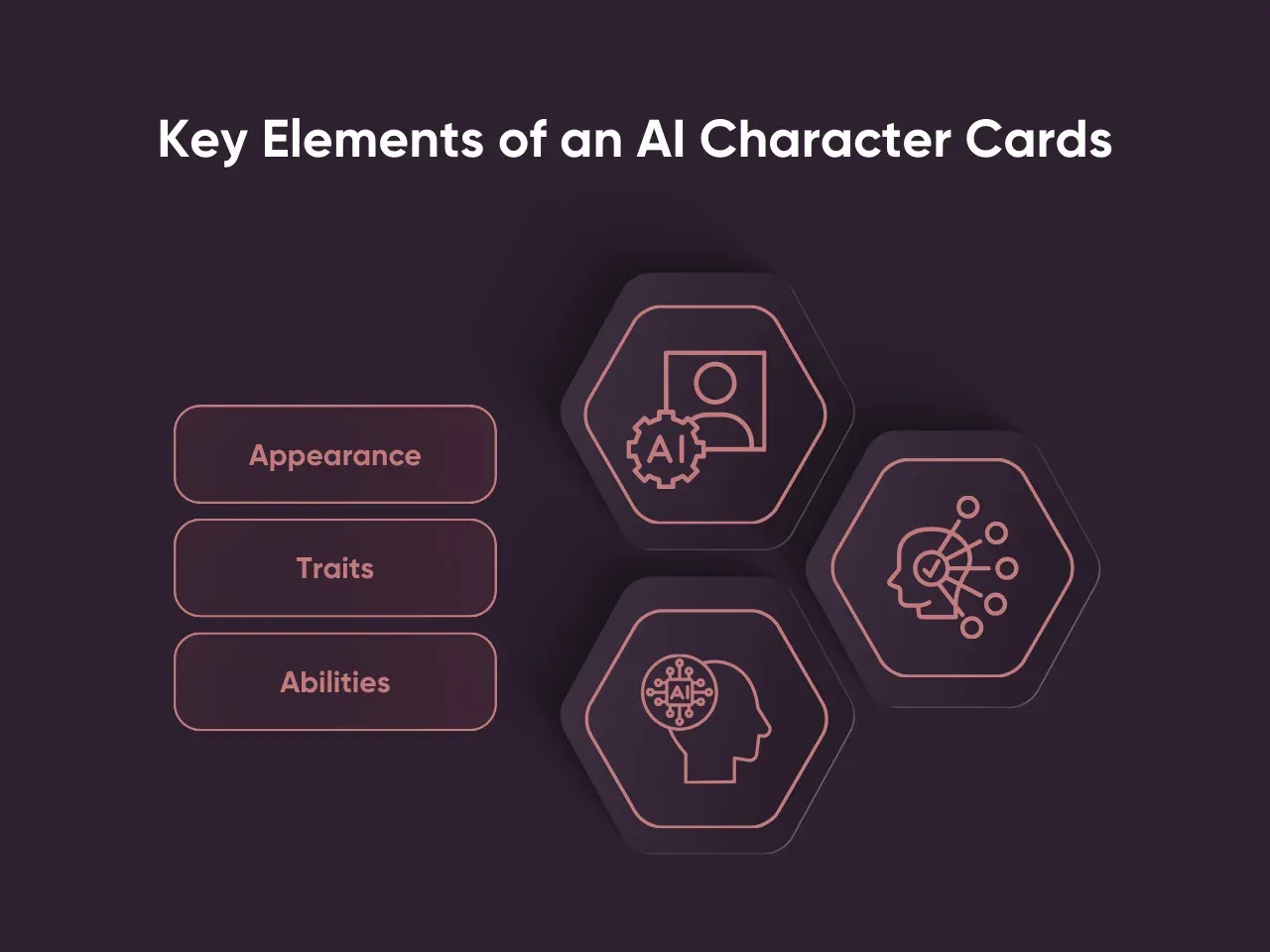
1. Appearance
The visual aspect is the most noticeable part of an AI-powered character card. It includes the character's facial features, clothing, and overall style. Tools like Genius Mode images help generate unique, detailed visuals that bring the character to life. Attention to color schemes, proportions, and aesthetics ensures the character aligns with its intended persona.
2. Traits
Traits define the character's personality and behavioral tendencies. These can range from simple attributes like kindness or intelligence to more complex personality facets. Traits are critical in how the character interacts with users and other elements within a digital environment. Selecting traits that match the character's role is vital for creating a believable and engaging profile.
3. Abilities
Abilities refer to the skills or powers that a character possesses. Whether it’s physical prowess, magical abilities, or technological expertise, these elements define what a character can do within its world. Abilities should complement the character’s traits and appearance, creating a cohesive and functional profile on the AI digital character cards.
Each element plays a critical role in the overall design of AI character cards. They create a cohesive and compelling character that can engage users across various platforms. When carefully crafted, AI character cards become powerful tools in digital storytelling and user interaction, providing an enriched experience.
Importance and Applications in Various Industries
AI character cards have become vital in various industries, enhancing user experience and offering innovative solutions. They are versatile and can be tailored to multiple contexts, from entertainment to education. Here, we explore five key industries in which AI-driven character cards have made a significant impact.
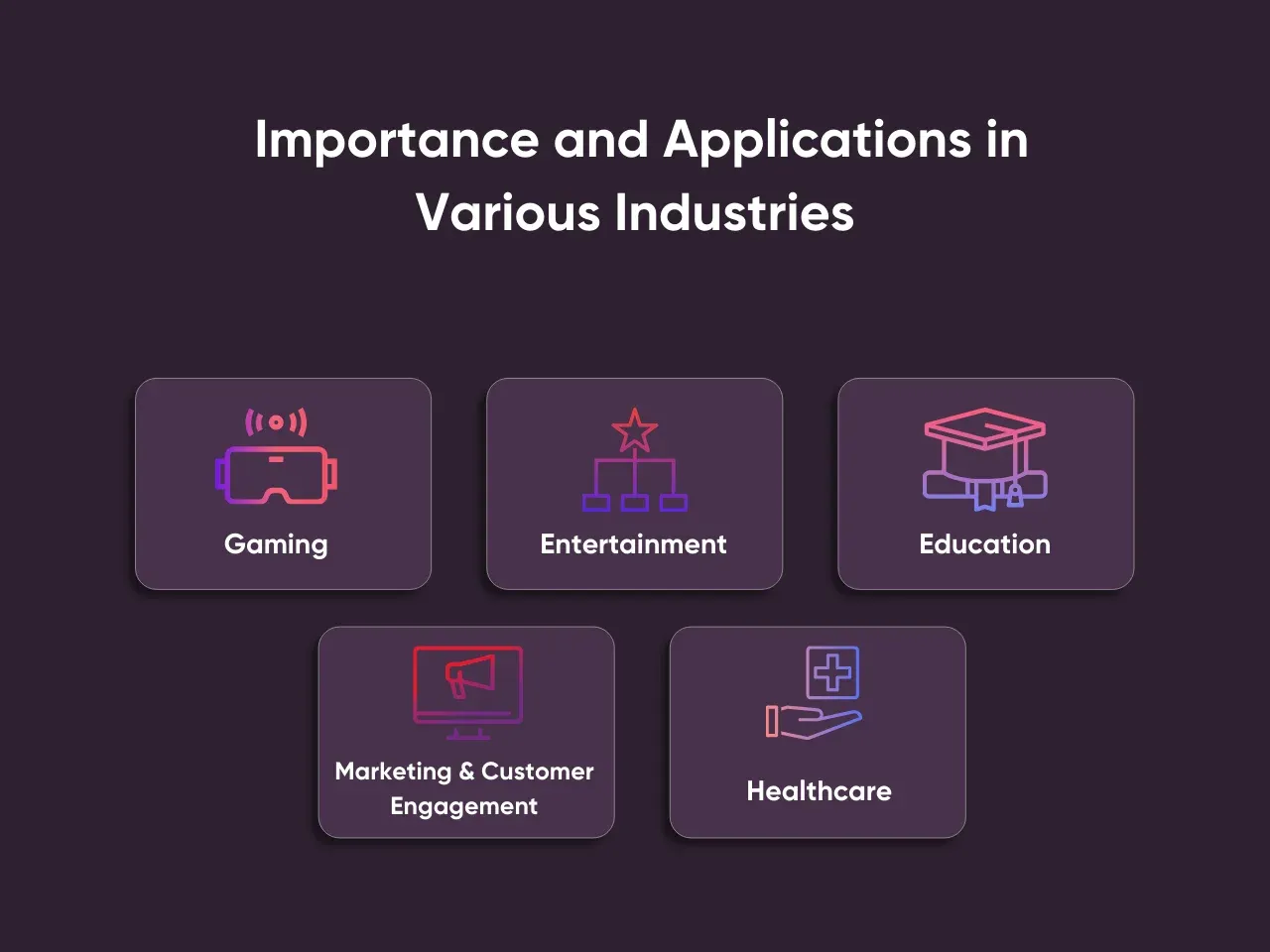
1. Gaming
AI character cards are revolutionizing the gaming industry. Developers use them to create more interactive and engaging characters. These AI-driven characters dynamically respond to the player’s actions, adding depth and personalization to the gaming experience, thereby making it more immersive.
2. Entertainment
AI character profile cards are used to develop virtual actors and avatars in the entertainment sector. These characters can appear in movies, TV shows, and digital media, allowing content creators to experiment with unique storylines and character interactions that traditional methods can’t easily achieve.
3. Education
AI character cards are also transforming education by acting as interactive tutors or guides. These AI-driven characters can adapt their teaching style to each student’s learning pace and preferences, making education more accessible and effective.
4. Marketing and Customer Engagement
Companies are leveraging AI character cards for marketing and customer engagement. These characters interact with customers on websites or through chatbots, providing personalized recommendations and assistance. This application enhances customer experience and helps businesses gather valuable insights into consumer behavior.
5. Healthcare
AI character cards simulate patient interactions or assist in mental health therapy in healthcare. They provide a safe and controlled environment for patients to express themselves more openly. This application is precious in therapeutic settings, where patient engagement is crucial.
Getting Started with AI Character Card Design
AI character card design starts with understanding how to conceptualize and visualize a character. This process requires the right tools, inspiration, and design principles to create engaging and interactive characters. This guide will walk you through the essential steps to begin your journey in AI character design.
Tools and Software You'll Need
Designing AI character cards requires the right set of tools. The appropriate software will streamline your workflow and enhance your creativity. Below, we'll discuss the essential tools across various categories to help you create visually compelling and dynamic character cards.
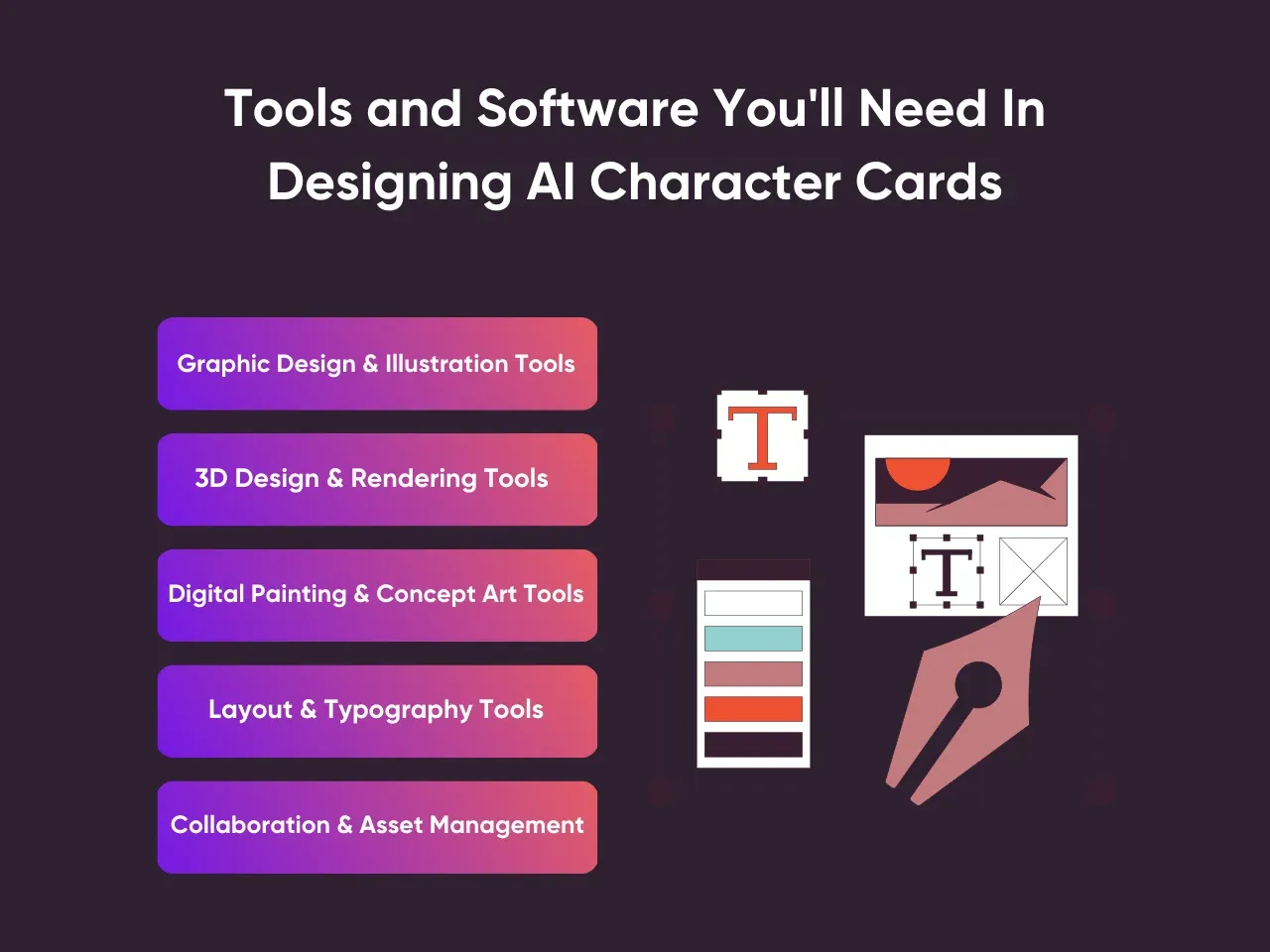
1. Graphic Design and Illustration Tools
Graphic design and illustration tools are fundamental in creating character art and assets. Software like Adobe Illustrator and Photoshop allows precise control over shapes, colors, and layers. These tools are ideal for crafting the visual elements of your AI character cards, from initial sketches to detailed illustrations.
2. 3D Design and Rendering Tools
For those incorporating 3D elements into their character cards, tools like Blender and Autodesk Maya are invaluable. Blender, an open-source platform, provides powerful features for modeling, texturing, and rendering 3D characters. Autodesk Maya offers advanced features for professional-level work, ensuring that your AI-based character cards stand out with depth and realism.
3. Digital Painting and Concept Art Tools
For artists who prefer a hands-on approach, digital painting and concept art tools such as Corel Painter and Procreate are essential. These platforms offer various brushes and effects that mimic traditional painting techniques, perfect for adding unique textures and visual flair to your AI character cards.
4. Layout and Typography Tools
The layout and typography of your character cards are as crucial as the visual art. Tools like Adobe InDesign and Canva help arrange elements cohesively and select fonts that match your character’s personality. These tools ensure your AI character cards are visually appealing and easy to read and understand.
5. Collaboration and Asset Management
Efficient collaboration and asset management are key in any design project. Tools like Figma and Trello facilitate real-time collaboration, version control, and organization of design assets. These platforms keep your workflow smooth, especially when working with a team on AI character cards.
Fundamental Design Principles for Character Cards
Designing AI character cards requires a solid understanding of fundamental design principles. These principles ensure that your character cards are visually appealing and functionally effective. Below are five key design principles when creating your AI-enhanced character cards.
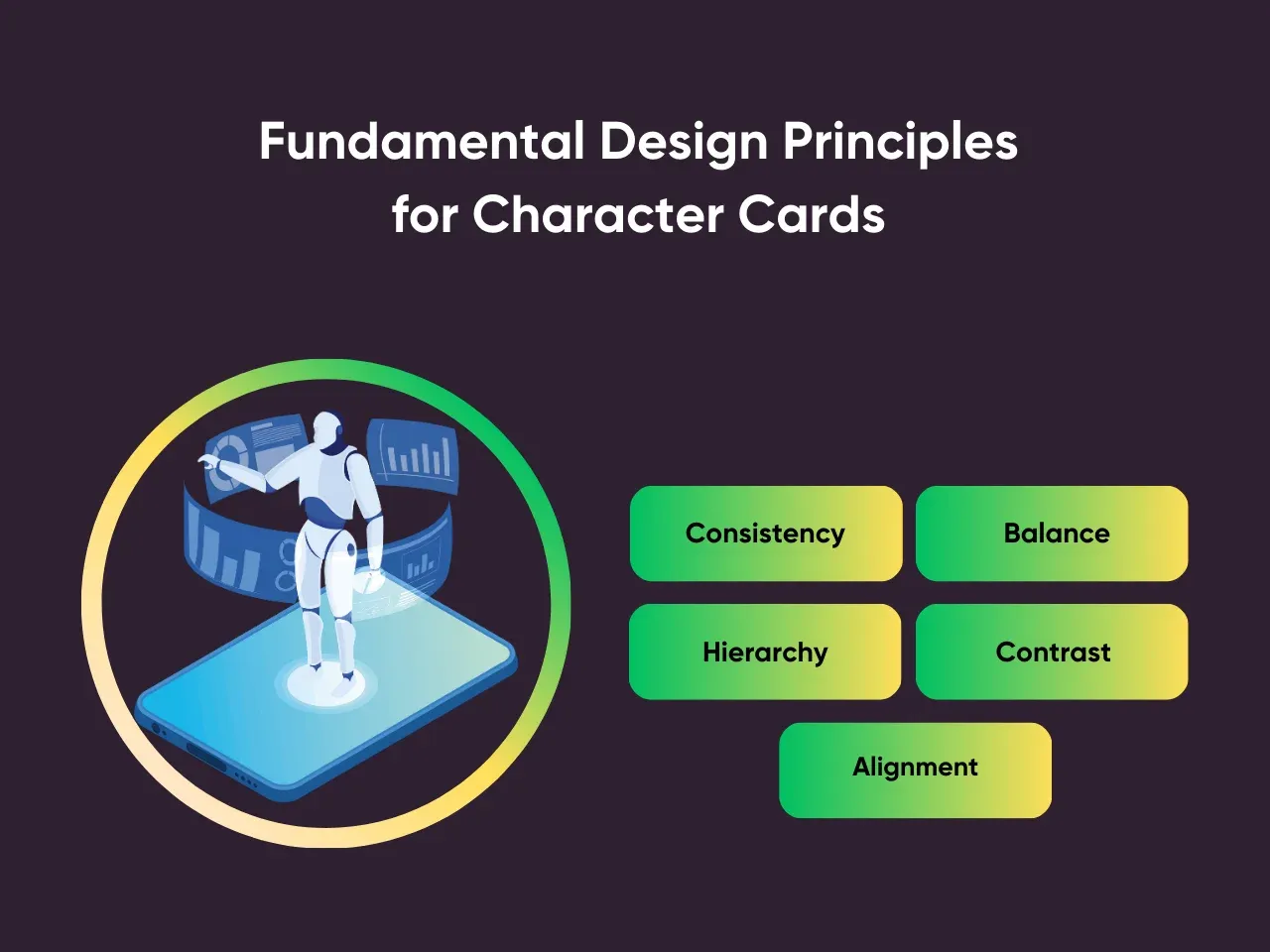
1. Consistency
Consistency in design helps create a cohesive and recognizable character card. Keep colors, fonts, and layout uniform to ensure each card feels like part of a larger set. Consistent design elements also contribute to better user recognition and engagement.
2. Balance
Balance involves distributing visual elements evenly across the card. A well-balanced design avoids clutter and ensures no single part of the card dominates. Whether using symmetry or asymmetry, aim for a harmonious appearance that aligns with the character’s overall theme.
3. Hierarchy
Visual hierarchy guides the viewer’s eye through the card in a logical order. Establish clear focal points using size, color, or placement to emphasize the most critical aspects of the character, such as their name or key traits. This makes the card easy to read and understand.
4. Contrast
Contrast is essential for making elements stand out. Use contrasting colors, shapes, and sizes to highlight specific parts of the character card, like their unique abilities or backgrounds. Effective use of contrast draws attention to essential details without overwhelming the viewer.
5. Alignment
Proper alignment visually connects all elements on the character card. Align text, images, and icons to create a clean and organized look. Good alignment enhances both the card's appearance and readability, improving the overall user experience.
These design principles provide a strong foundation for creating AI character cards that are both visually engaging and functional. Applying these principles can craft character cards that effectively communicate the character's traits and enhance user interaction.
Step-by-Step Guide to Creating Your First AI Character Card
Creating AI-based character cards requires a structured approach. It involves careful planning and execution to ensure the final product meets expectations. Follow these steps to create engaging and visually appealing AI character cards that resonate with users across various platforms.
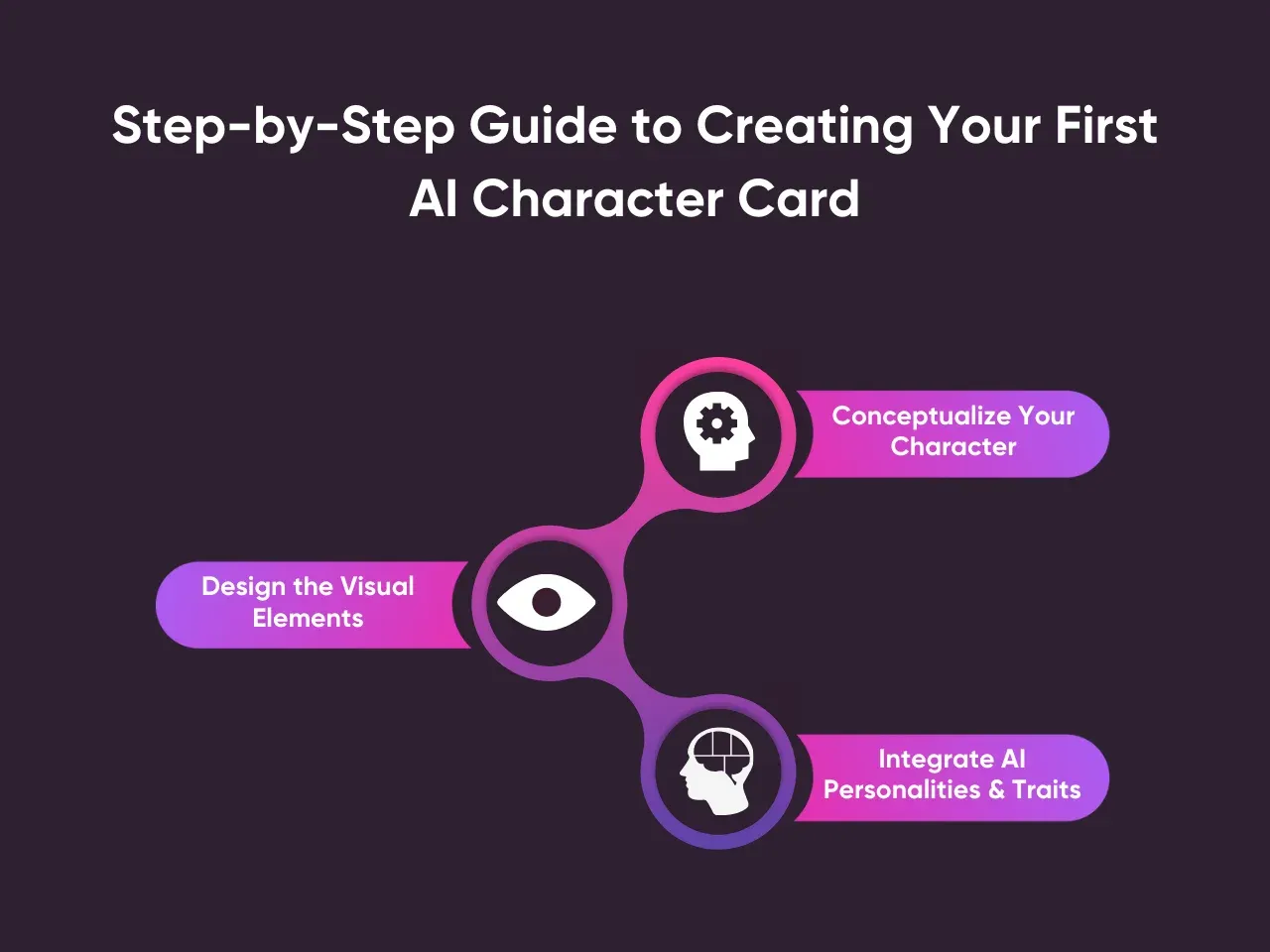
Step 1: Conceptualize Your Character
Begin the process of creating your AI-generated character card by conceptualizing your character. Define the character's role, background, and personality. Decide on the narrative your character will convey, as this foundation guides the design and development stages.
Consider these key elements:

- Character's role (hero, villain, etc.)
- Personality traits (friendly, mysterious, assertive, etc.)
- Physical appearance and distinguishing features
- Narrative context and backstory
Develop a clear vision for your character, using sketches or written descriptions to capture initial ideas. This step ensures that every detail aligns with the character's intended purpose, creating a cohesive and engaging AI digital character card.
Step 2: Design the Visual Elements
Start designing the visual elements of your AI character profile with a clear concept in mind. Focus on the character’s appearance, ensuring that colors, shapes, and styles reflect the personality and story you’ve developed. Consider these key aspects when designing your AI character:
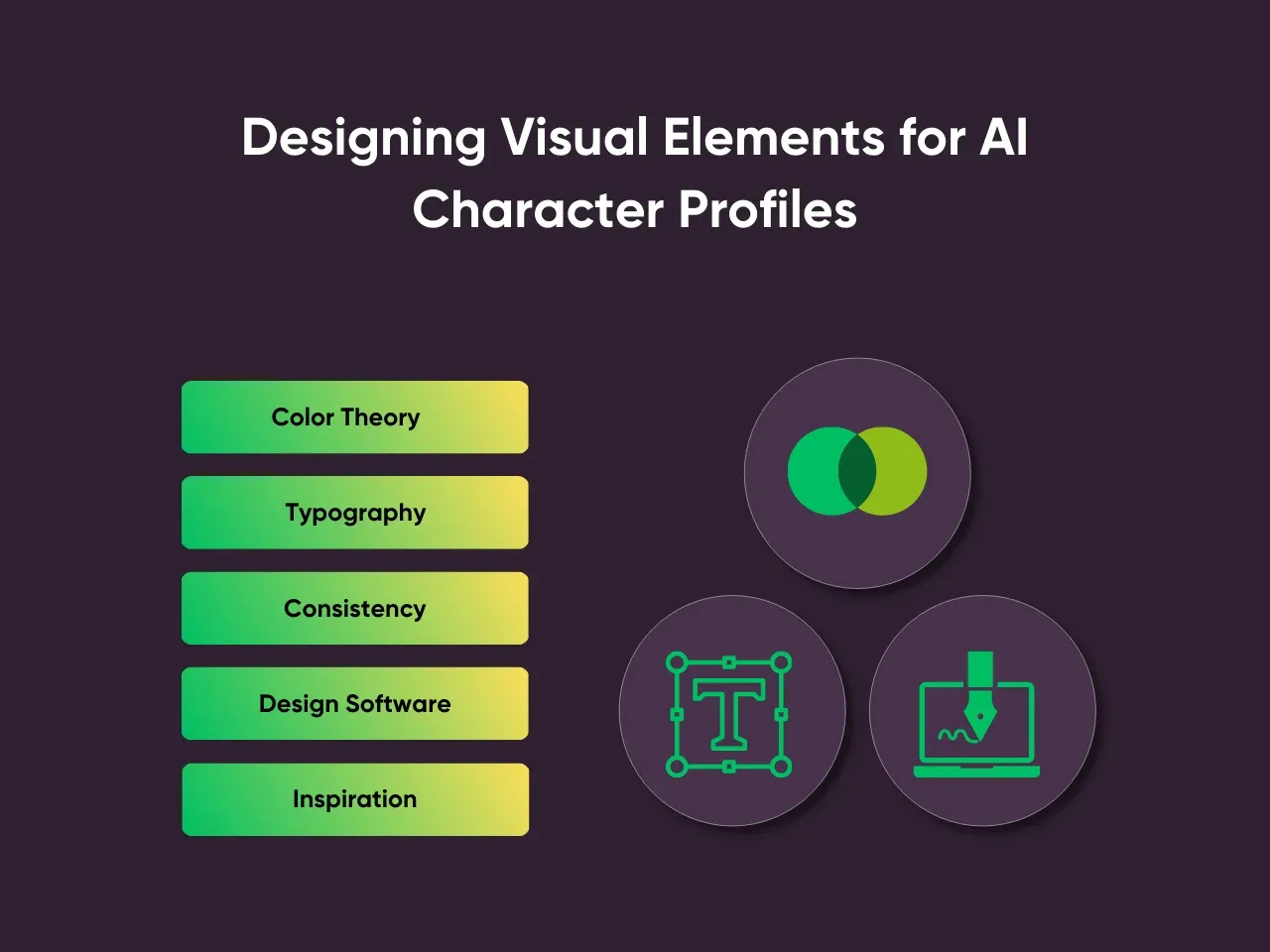
- Color Theory: Choose colors that reflect the character’s traits.
- Typography: Select fonts that match the character's style.
- Consistency: Ensure visual elements align with the character’s personality.
- Design Software: Utilize tools like Adobe Illustrator for precise design.
- Inspiration: Draw inspiration from various sources to enhance creativity.
Integrate these elements cohesively to ensure the character’s appearance aligns with the traits outlined in the conceptualization stage. This consistency helps create a believable and engaging character for users.
Step 3: Integrate AI Personalities and Traits
Integrating AI personalities and traits into your AI character profile adds depth and interactivity. Start by selecting AI tools that allow you to customize your character's responses and behaviors. This customization ensures the character aligns with the personality traits you established earlier. Consider how the character interacts with users—whether the character is friendly, informative, or quirky.
Focus on making these AI-generated traits consistent with the character's overall design. The goal is to create a seamless experience where the character's appearance and behavior work together to engage users. This step enhances the character's realism and helps users connect more deeply, making the AI-created character card visually appealing but also dynamic and interactive.
Key Takeaway
AI character cards simplify the creation and interaction with digital personas. These cards outline key attributes and behaviors, serving as a blueprints for character design. The process includes defining personality traits, visual elements, and interactive features, using tools like graphic design software and programming platforms to ensure characters are engaging and lifelike.
Understanding user needs and preferences when designing AI-generated cards and community characters. Designers should focus on creating relatable and versatile characters to boost user engagement and satisfaction. Testing and feedback loops are crucial for refining these characters, ensuring they meet community expectations and deliver meaningful interactions.
Are you curious about how to create compelling AI characters? At Kindroid, we guide you in designing AI character cards tailored to your needs. Whether you're seeking the best AI companion app or safe interactions in character AI group chat conversations, our expertise ensures effective and secure solutions. Reach out to us today!
